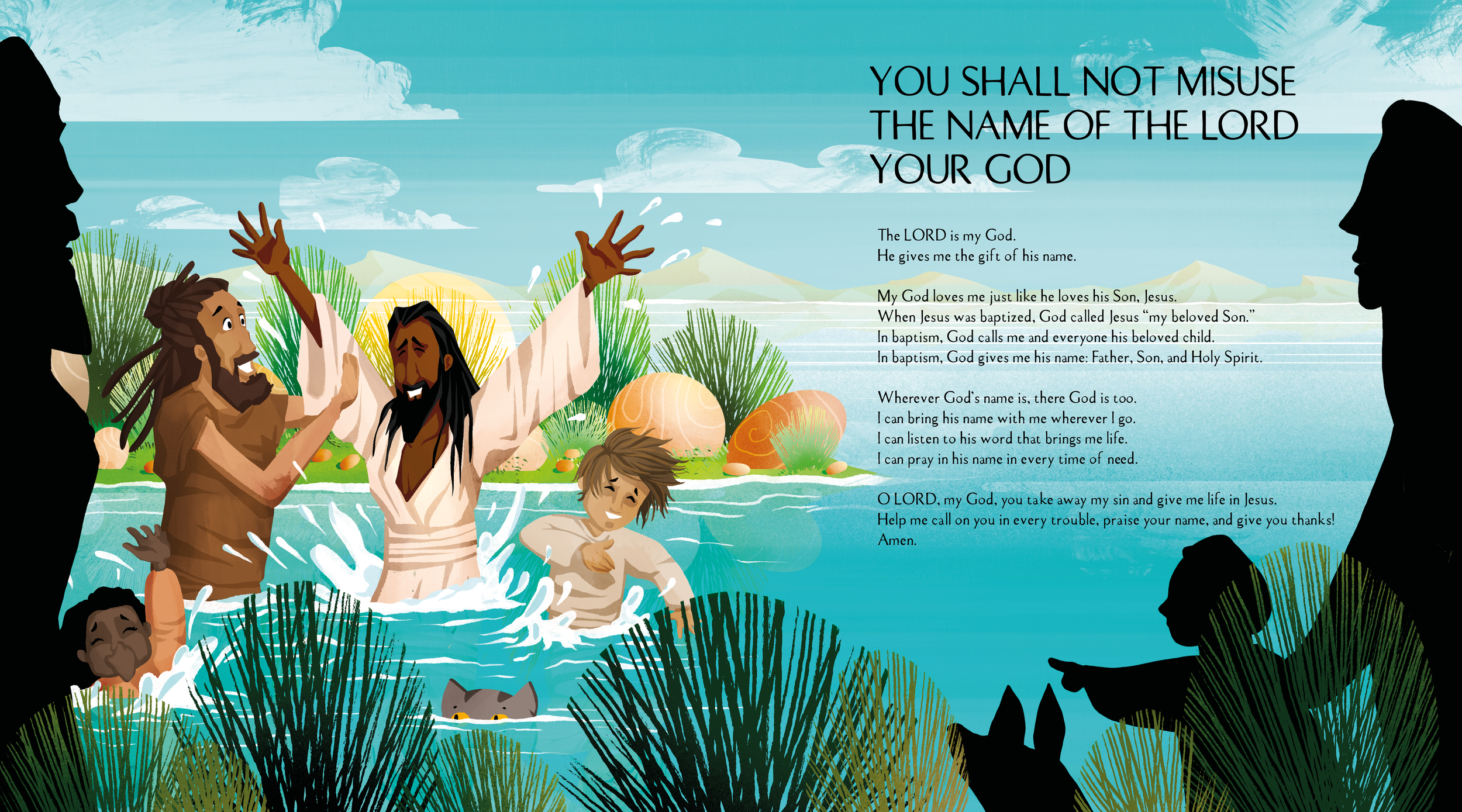By Alex Fogleman
Lexham Press is quickly becoming one of the leading publishers of catechetical books. May others do likewise! While many still balk at the term catechesis, Lexham has not. They’ve published a slate of solid orthodox books that highlight catechesis. Over the years, they’ve has published a wide range of books from across the academic-ecclesial spectrum.
We featured Hans Boersma’s Pierced by Love last year on our blog, and another one of our fellows, Mike Niebauer, authored Virtuous Persuasion: A Theology of Christian Mission, published by Lexham in 2022. Both are outstanding.
In this post, I’ll draw point to two new books in their catalog, which the press was kind enough to send me for review.
The Lexham Press Catechism
The Lexham Press Christian Essentials series has been cranking out clear, concise volumes on catechetical topics like the Creed, the Lord’s Prayer, the Ten Commandments, Scripture, and Baptism (with more to come). These are books that can be assigned in seminary classes or for someone new to the faith. I use them often in my own preparation for catechesis.
Their description goes like this:
The Christian Essentials series passes down tradition that matters. The ancient church was founded on basic biblical teachings and practices like the Ten Commandments, baptism, the Apostles’ Creed, the Lord’s Supper, the Lord’s Prayer, and corporate worship. These basics of the Christian life have sustained and nurtured every generation of the faithful—from the apostles to today. The books in the Christian Essentials series open up the meaning of the foundations of our faith.
Recently, they’ve collected the three volumes from this series to create The Collected Essentials Catechisms. It includes Ben Myers’ volume on the Apostles’ Creed, Wesley Hill’s book on the Lord’s Prayer, and Peter Leithart’s book on the Ten Commandments. In addition, the new catechism has a new introduction, an adapted liturgy from the Book of Common Prayer’s “Daily Office,” a suggested set of lectionary readings, and 24 “catechism prayers” written by the Right Reverend Joey Royal, who is the Suffragan Bishop of the Anglican Diocese of the Artic.
The new introduction is really nice. It has a simple but elegant description of catechesis as a the planting of the “seeds” of God’s word into the hearts and minds of Christians.
Because of the excellent editorial work that’s already occurred with these three volumes, they already “feel” like they are cut from the same cloth. Each one, to be sure (especially Leithart’s) has their idiosyncrasies. Ben Myer’s volume tends more towards patristic interlocutors (obviously a good thing in my view). Hill’s book draws on range of sources, but especially Rowan William’s work of the Christ-centered nature of prayer. And Leithart’s volume is, well … the kind of thing you might expect Peter Leithart to write about the Decalogue. Short, punchy, highly attuned to the biblical subtext, and hard-hitting about the practical import. All three, though, cohere nicely as a collected volume. This is an excellent—and a very nicely bound—volume that would be a great supplement to any standard short-form catechism. I would readily give this to lay catechists or those who want something “one step up” from most catechisms.
A note on the presentation: more so than the individual books in the series, it “looks” more liturgical. I have it sitting alongside a Bible and my Book of Common Prayer. I hope this formatting will subtly encourage users to imagine catechesis within the context of the church at worship more than just as another book to read. I suspect this was intentional: Catechesis is a church discipline primarily, and only secondarily a textbook for learning use. There’s a really significant “medium is the message” thing happening here by formatting the book in this way. Great job.
The Ten Commandments for Kids
Another of Lexham’s catechetical offerings are the set of books for kids and families called FatCat books. These books are on the main topics of catechesis—Creed, LP, and Commandments—but also on different liturgical seasons (so far, Christmas and Easter). They’re are beautifully illustrated by Natasha Kenney and usually have a one-page short meditation on one theme or sentence of book’s focus. Ben Myers wrote the one on the Apostles’ Creed; Harold Senkbeil wrote the ones on the Lord’s Prayer and the Ten Commandments, and Todd Hains wrote the text for the books on Christmas and Easter.
I love their description of “FatCat” books:
How can anyone, no matter how young or old, grasp the message of the Bible? The church’s answer has always been the catechism: The Apostles' Creed, the Lord's Prayer, and the Ten Commandments.
The catechism teaches us what the Bible teaches us: our faith. The catechism is “fat,” bursting at the seams with meaning and challenge. FatCat is our way of making the catechism approachable, bringing theology to readers of all ages.
—Publisher’s Description
The most recent volume is on the Ten Commandments. More than the other catechetical topics, the Ten Commandments is potentially the trickiest for kids: sabbath, adultery, murder? Yes, we can explain these in ways that make sense to kids, but that task is harder for instance than explaining the Lord’s Prayer (or at least it has been for me). The temptation to moralism, too, is strong with us.
This volume, though, emphasize the priority of God’s love in Jesus: “We love God because he first loved us.” (The chief editor, Todd Hains, and the writer of this volume, Harold Senkbeil, are good Lutherans after all!) They helpful orient the Ten Commandments not as a species of do-it-yourself religion but as a window into the beautiful life of Christ that we are invited to live into.
This volume also nicely locates the Ten Commandments in the life of the church. In the passage about taking God’s name in vain (see image below), the image is drawn from Jesus’s baptism, and the emphasis is on the way that we, in our baptisms receive the Name of Christ — and thus we hear, with Jesus, “this is my beloved Son, in whom I am well pleased.” That’s good stuff!
It takes a church to catechize, and while books can never replace the people at the heart of the catechetical enterprise, good books are better than bad ones, and these are good ones.




